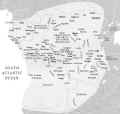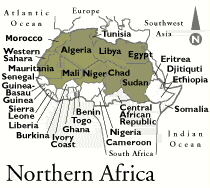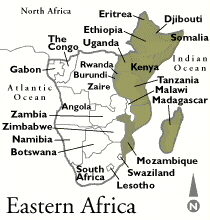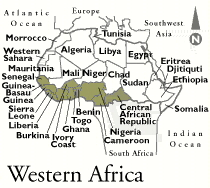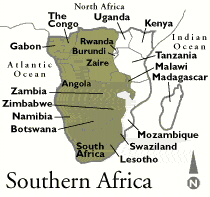The Coast of West Africa
Attye (Atie), Asante (Ashanti), Baga, Bassa, Baule, Bete, Bidjogo, Dan Gere, Fante, Grebo, Guro, Mende, Senufo, Temne, Toma, We, Wobe, Yaure.
Inland West Africa
Bambara, Bobo, Bwa, Dogon, Ligbi, Lobi, Mossi, Senufo, Warka (Marka).
Nigeria and Cameroon
Bamun, Bamileke, Benin, Ekoi, Ibibio, Idoma, Ife, Ijo, Igbo (Ibo), Mambila, Mumuye, Namji, Yaruba
Gabon and Zaire (DRC)
Bembe, Binji, Boa, Dengese, Fang, Hemba, Jokwe (Chokwe, Tshokwe), Kongo, Kota, Kuba, Kusu, Kwele, Lega, Lele, Lengola, Luba, Luena (Lwena), Luba, Lulua, Lwalwa, Mbagani, Mbala, Mbole, Ngbaka, Ngbandi, Pende, Punu, Salampasu, Songye (Songe), Suku, Tabwa, Teke, Vili, Yaka, Yombe, Zombo
East and South Africa
Makonde, Masai, Kisi, Nyamezi



